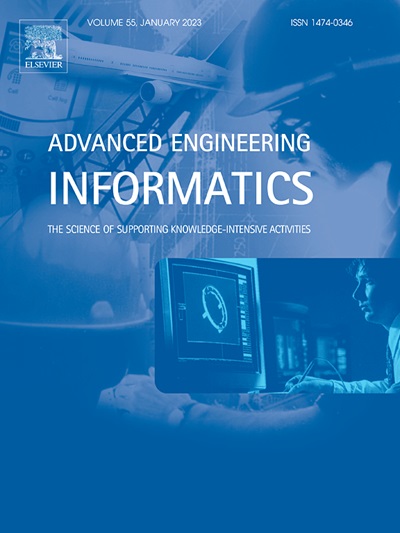基于计算神经科学的智能人机交互安全风险形成模型
IF 9.9
1区 工程技术
Q1 COMPUTER SCIENCE, ARTIFICIAL INTELLIGENCE
引用次数: 0
摘要
智能技术在驾驶舱内的广泛应用,提高了人机系统的效率,对安全风险分析提出了新的挑战。安全风险分析侧重于从宏观角度解释安全风险的形成过程。然而,飞行员在这一过程中的神经认知机制尚不清楚。提出了一种基于计算神经科学的智能人机交互安全风险形成模型。具体而言,识别了智能人机交互过程中影响飞行员行为的安全风险因素。阐明了多巴胺、乙酰胆碱和丘脑对不同安全危险因素的调节机制。介绍了皮质-基底神经节-丘脑-皮层(CBTC)神经回路的结构和功能。为了定量描述神经元的动态特性,建立了CBTC的计算模型。利用座舱智能交互平台对该模型进行了实验验证。结果表明,所建立的CBTC计算模型有效地模拟了不同安全风险因素对飞行员的影响。本文章由计算机程序翻译,如有差异,请以英文原文为准。
A safety risk formation model for intelligent human–machine interaction based on computational neuroscience
The widespread application of intelligent technologies in cockpits enhances the efficiency of human–machine systems, introduces new challenges for safety risk analysis. Safety risk analysis focuses on explaining the safety risk formation process from a macro perspective. However, the neurocognitive mechanisms of pilots during this process are still unclear. This paper proposes a safety risk formation model for intelligent human–machine interaction based on computational neuroscience. Specifically, the safety risk factors affecting pilot behavior during intelligent human–machine interaction are identified. The regulatory mechanisms involving dopamine, acetylcholine, and the thalamus corresponding to different safety risk factors are elucidated. The structure and function of the Cortico-Basal Ganglia-Thalamus-Cortical (CBTC) neural circuit are introduced. To quantitatively describe the dynamic characteristics of neurons, a computational model of CBTC is established. Experimental validation of the proposed model is conducted using a cockpit intelligent interaction platform. The results indicate that the established computational model of CBTC effectively simulates the impact of varying levels of safety risk factors on pilots.
求助全文
通过发布文献求助,成功后即可免费获取论文全文。
去求助
来源期刊

Advanced Engineering Informatics
工程技术-工程:综合
CiteScore
12.40
自引率
18.20%
发文量
292
审稿时长
45 days
期刊介绍:
Advanced Engineering Informatics is an international Journal that solicits research papers with an emphasis on 'knowledge' and 'engineering applications'. The Journal seeks original papers that report progress in applying methods of engineering informatics. These papers should have engineering relevance and help provide a scientific base for more reliable, spontaneous, and creative engineering decision-making. Additionally, papers should demonstrate the science of supporting knowledge-intensive engineering tasks and validate the generality, power, and scalability of new methods through rigorous evaluation, preferably both qualitatively and quantitatively. Abstracting and indexing for Advanced Engineering Informatics include Science Citation Index Expanded, Scopus and INSPEC.
 求助内容:
求助内容: 应助结果提醒方式:
应助结果提醒方式:


